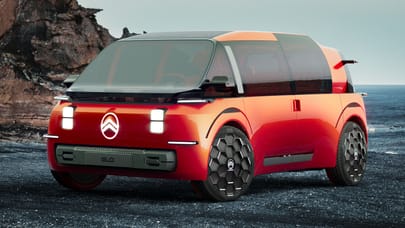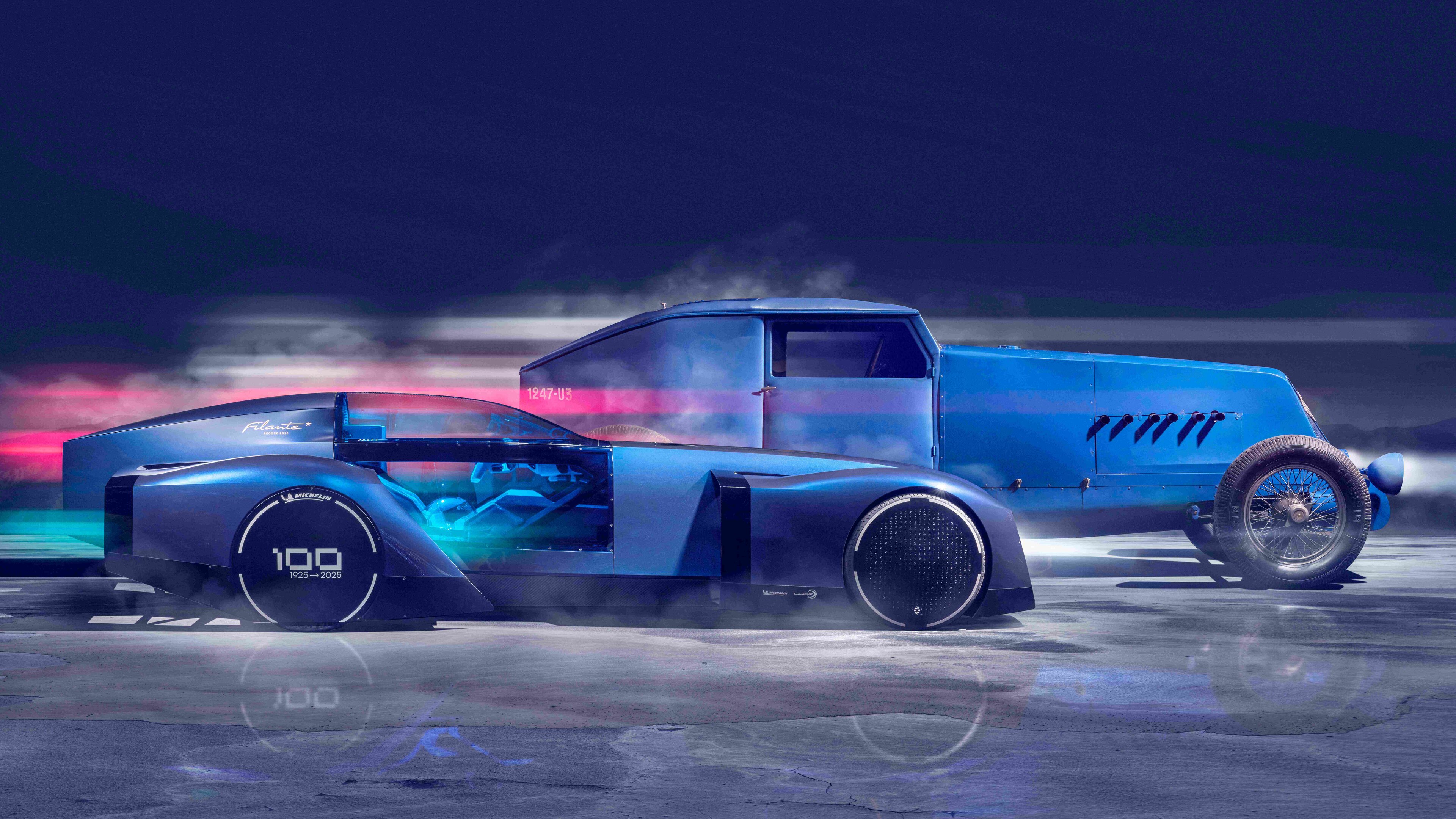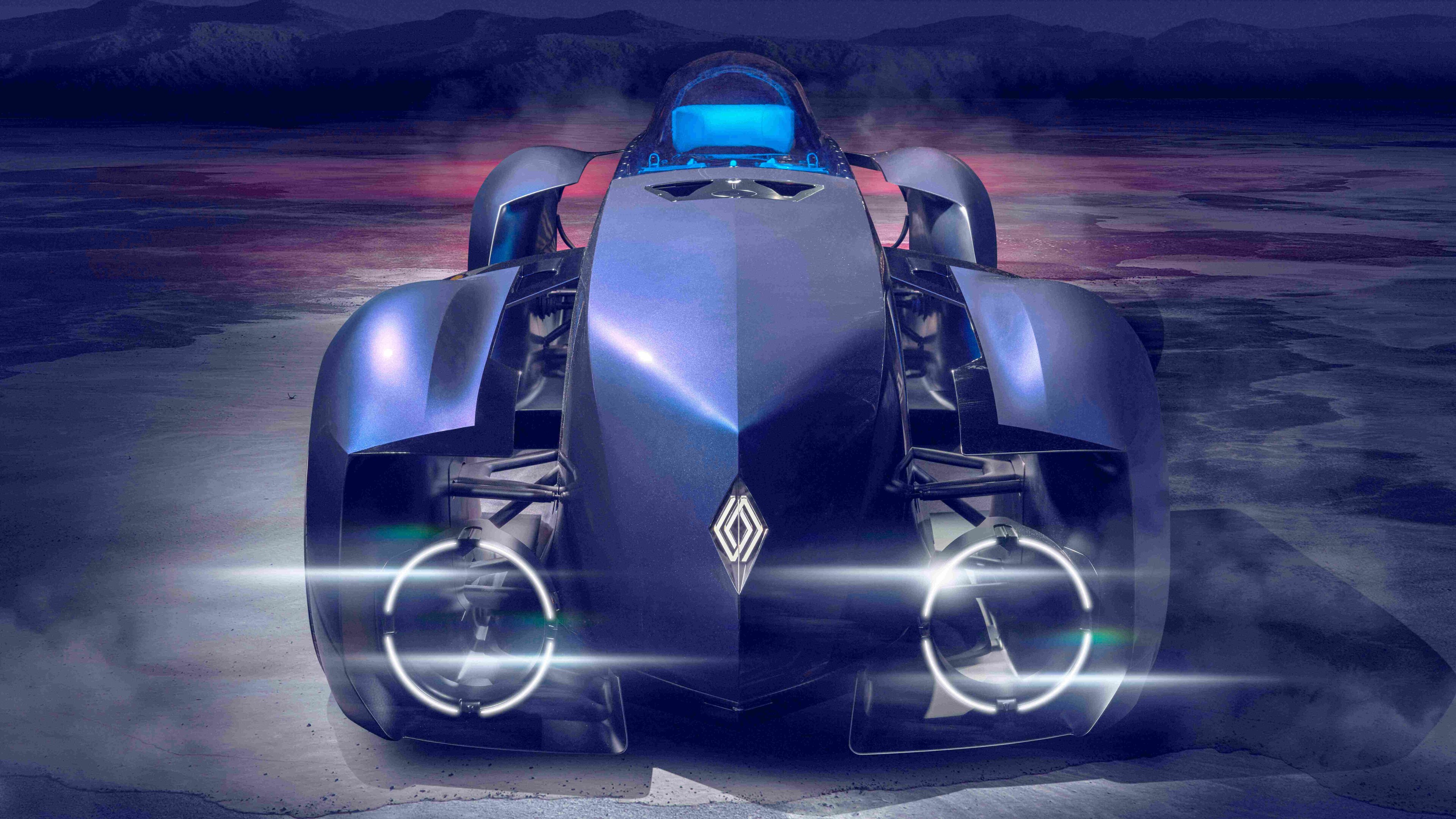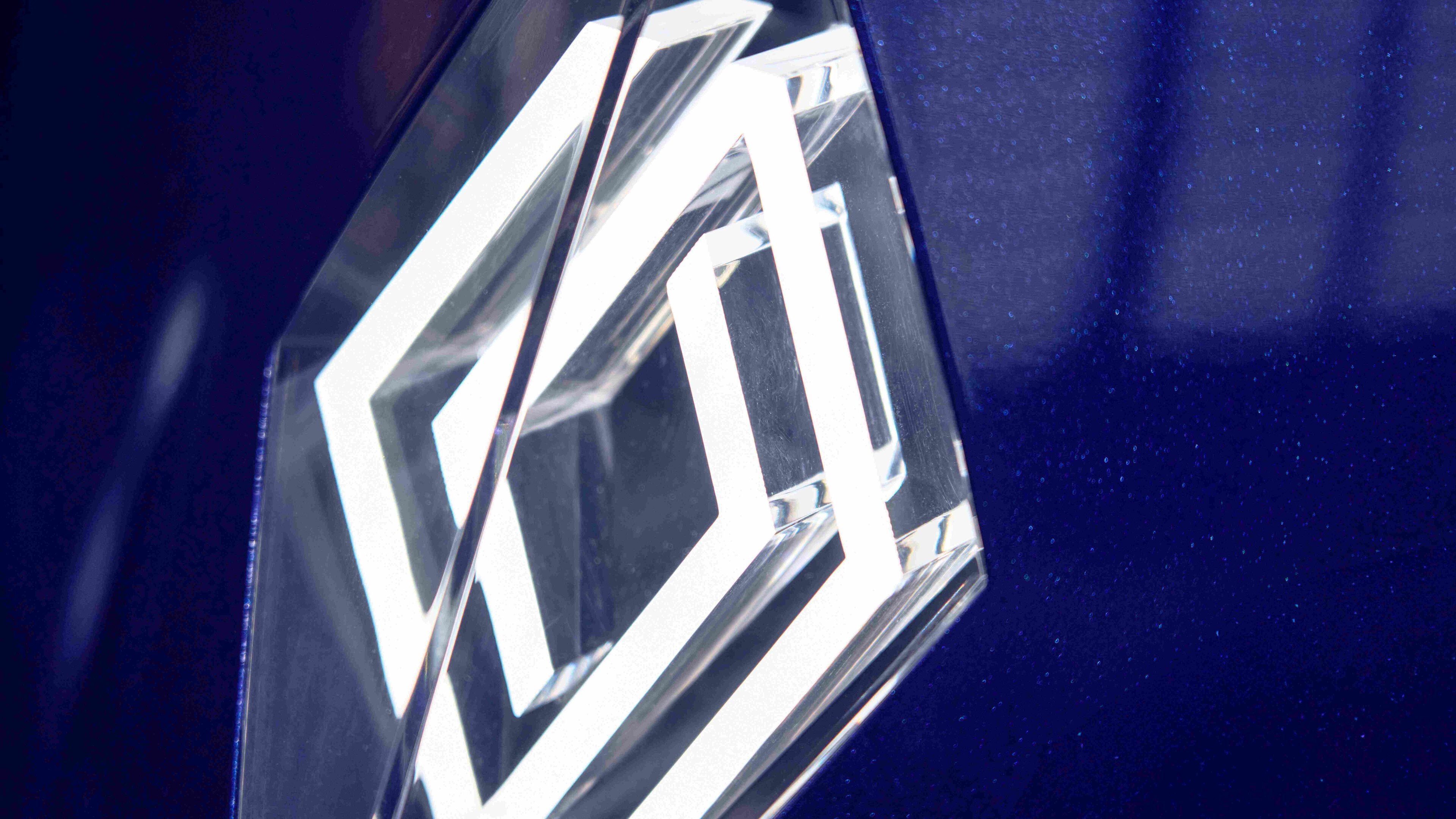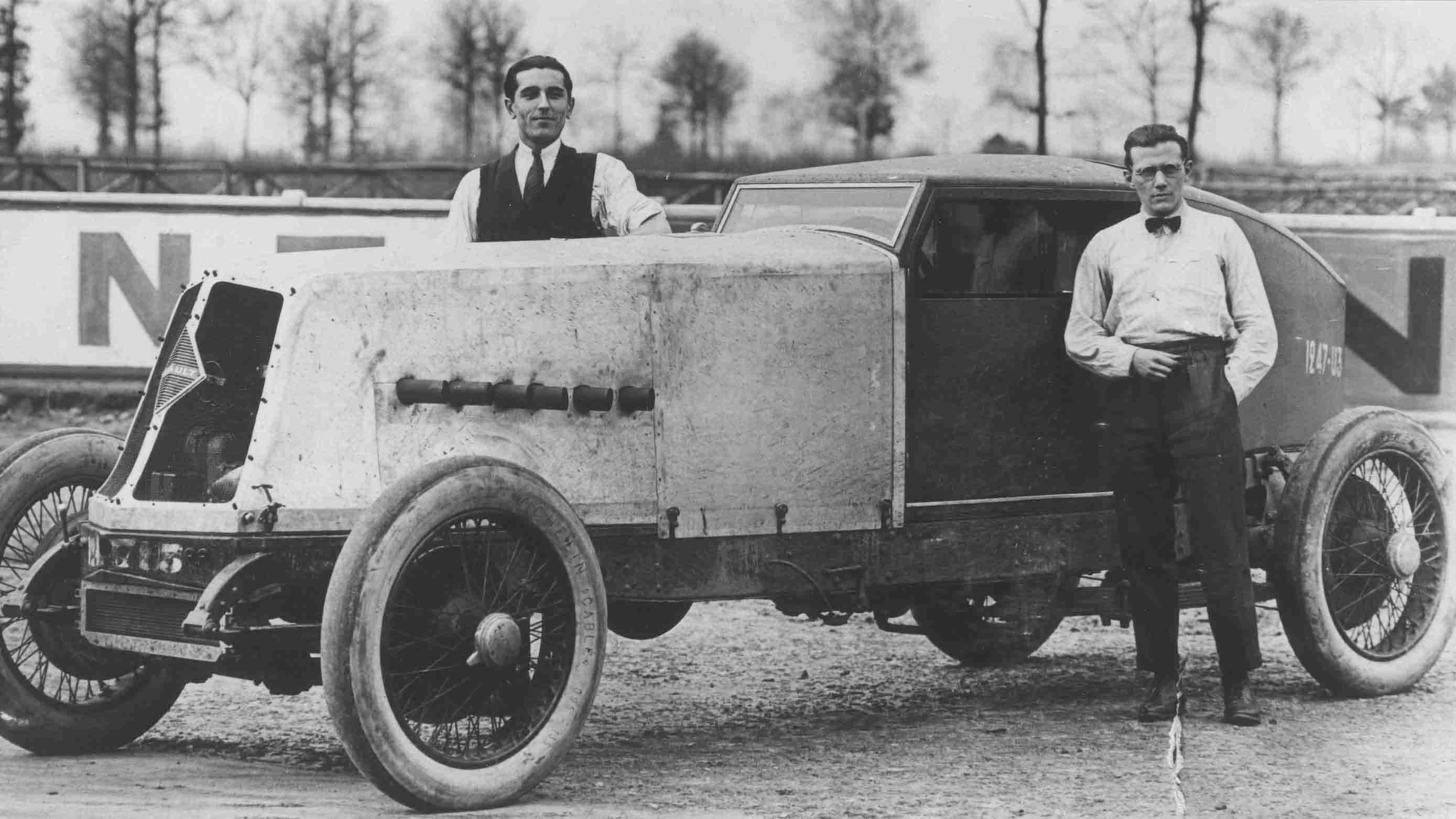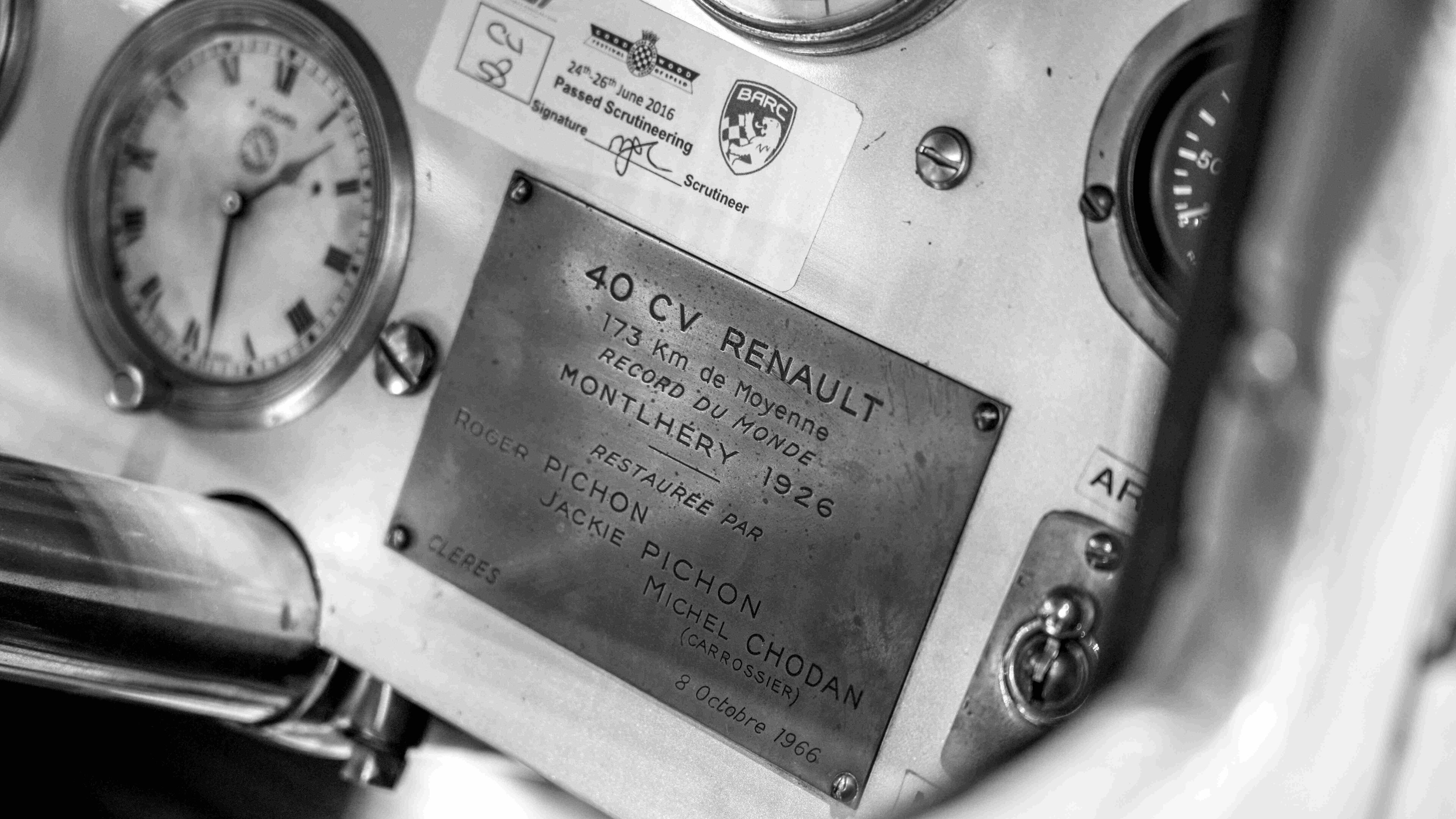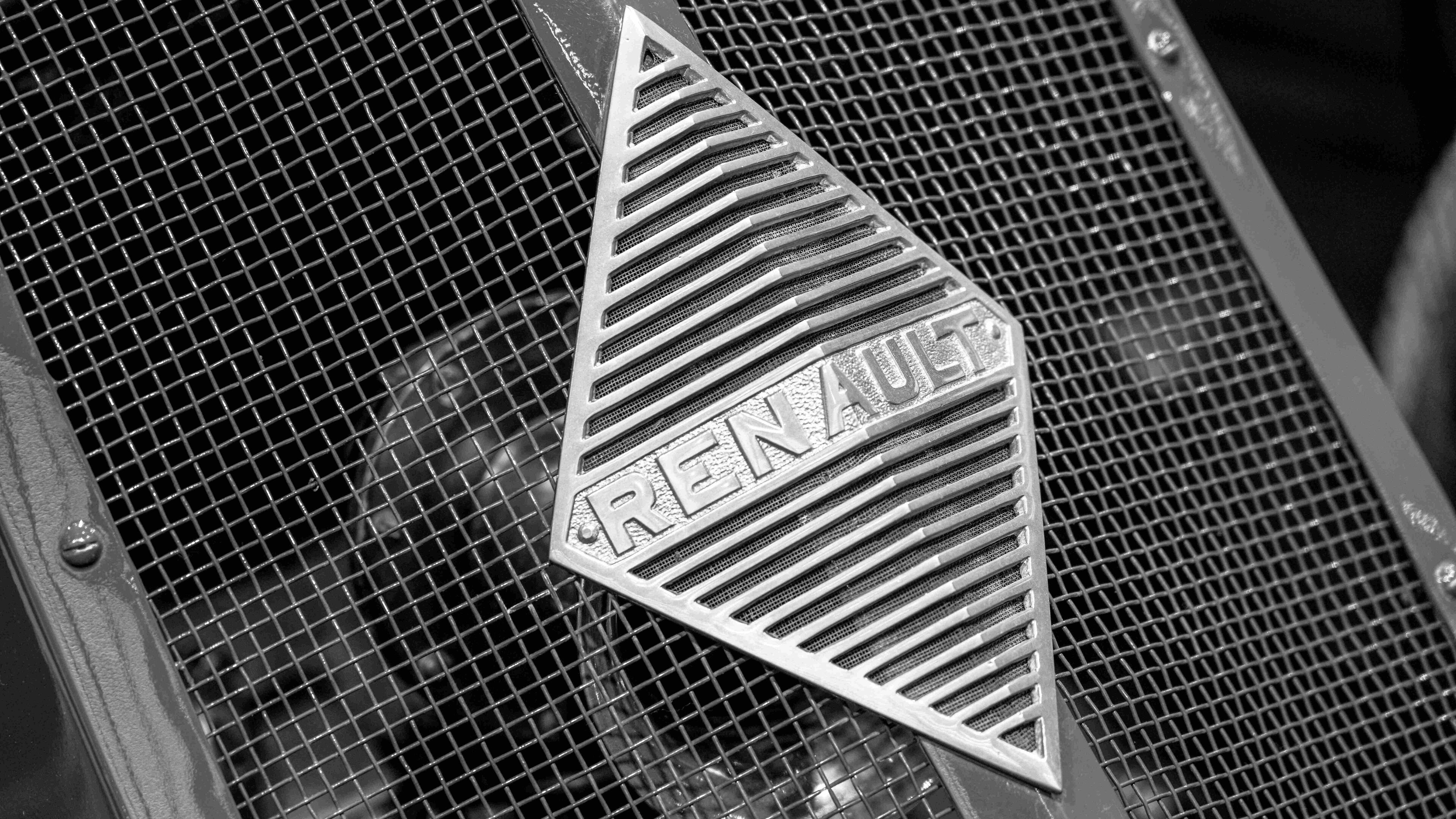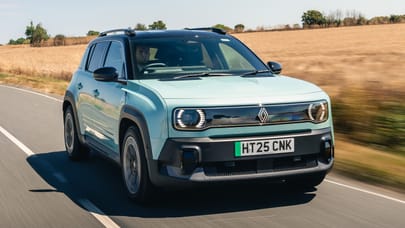
Back to the future: can this mad Renault break electric car records?
Renault wants to break EV efficiency world records, to do so it’s taking lessons from the past...
This is as far from a run of the mill Clio as you could possibly get. In fact, looking like a cross between the Michael Keaton era Batmobile and a Star Wars pod racer, the Renault Filante Record 2025 is described by its maker as “a laboratory on wheels for testing new technologies, materials and innovations”.
The Filante Record 2025 won’t just be a rolling lab though, because as the name suggests Renault is planning to use this outrageous looking single seater to break world records for “power consumption and range with an 87kWh battery”. Yep, it’s electric. First attempts will take place in the first half of this year.
Renault says it has “always seen motorsports and records as a way to validate its innovations, before applying them to production models” and so this particular concept car is heavily inspired by radical record setting Renaults from the past.
Photography: John Wycherley
Time for a quick history lesson. Back in the roaring 1920s speed records were all the rage, and Renault wanted its largest luxury car – the 40 CV – to take a piece of the pioneering pie. However, even with its new 140bhp, 9.1-litre straight six engine and a special sleek(ish) narrow body designed by engineers Ellery Garfield and Robert Plessier, Renault knew that it couldn’t compete for the outright land speed record, which for years was traded between bonkers Brits Malcolm Campbell, Henry Seagrave and JG Parry-Thomas in aircraft engined creations. So, the French firm decided that the newly christened 40 CV des Records should focus on endurance and average speed.
On 11 May 1925, Garfield and Plessier drove an open topped Type ML version of the 40 CV des Records on the oval at Montlhéry, setting new records for average speed over three hours, average speed over 500km and average speed over 500 miles. It was the modified, tin topped Type NM that gave the car its greatest record though. In July 1926, Garfield and Plessier returned to Montlhéry with a 14-strong pitcrew and an additional driver – Paul Guillon – and set a record for distance driven in a 24 hour period. That was 4,167.578km at an average speed of 173.649kph [107.900mph]. Oh, and by this point they had ditched the front brakes to save weight.
The Étoile Filante (or ‘Shooting Star’) which lends part of its name to this new car was no less dramatic. With a super streamlined look, polyester bodywork and a 270bhp jet engine just by the driver’s head, it set four records at the Bonneville Salt Flats in late 1956 by clocking 306.9kph [190.7mph] over one kilometre, 308.9kph [191.9mph] over five kilometres, 307.7kph [191.2mph] over one mile and 280.8kph [174.5mph] over five miles. So yeah, Renault has previous in this game.
“We came up with an idea in the design team to do a homage to the 40 CV des Records on its 100th birthday,” says Sandeep Bhambra, director of advanced design for Renault.
“Of course, we wanted to do a stylistic homage, but beyond that we thought about setting some records in the electric era because these endurance records are super relevant today, especially when a lot of people are still suffering with range anxiety on electric cars. We wanted to see how far we could push the envelope with current EV technology and some new developments.”
After just a year of work and collaborations with engineering and aero departments, plus plenty of input from prototype racecar builder Ligier Automotive, what you see here is essentially a blend of the 40 CV des Records and the Étoile Filante, but brought kicking and silently screaming into the 21st century. With the new 5 on sale and the 4 and Twingo still to come, Renault is on a bit of a retro design roll right now.
Top Gear
Newsletter
Thank you for subscribing to our newsletter. Look out for your regular round-up of news, reviews and offers in your inbox.
Get all the latest news, reviews and exclusives, direct to your inbox.
“The main silhouette of the Filante Record 2025, the side view of the car, is inspired by the 40 CV des Records,” says Bhambra. “But that makes sense, this part of the car was very aerodynamically efficient. The fenders are more inspired by the Étoile Filante. Why is that? Because we know today that open wheeled cars are too aerodynamically punishing. So, this car sits between the two in terms of inspiration for us.”
We must talk aerodynamics. With wind tunnel tests still to take place, Renault hasn’t provided official figures yet, but it’s aiming for an ultra slippery drag coefficient of somewhere between 0.20 and 0.25. There’s not much of a front end to punch through the air either, so the overall drag should be pretty minimal. Good news for range.
Does that mean that 100 years ago, Garfield and Plessier were right to hammer the 40 CV des Records into that squished shape with its dramatic pinched tail?
“Yes, they were correct in the 1920s,” says Bhambra. Although he goes on to explain that, for it to be even more aero efficient, the tail had to be extended even further on the new car with bodywork that sweeps back at a more gentle angle.
“In aerodynamics of cars, normally you hear about 16 or 17 degree angles of approach. Here we are trying to achieve eight to 13. It’s about allowing the air to go gently to the point at the end.
“That’s what we’ve tried to correct from the 40 CV, but it’s a big constraint because if you start from that point at the rear and then draw lines forward at those angles, it doesn’t give you much space to put a person in the middle.”
With the new 5 on sale, and the 4 and Twingo coming, Renault is on a retro roll
The Filante Record 2025 actually looks surprisingly small in the metal too. At 5.12m long it’s only a tad shorter than a Mercedes S-Class – good for controlling airflow around the car – but even with its wheels separated from the body it’s only 1.71m wide. Plus, it’s only 1.19m tall and weighs under 1,000kg. We’ll come back to the latter.
First, the cockpit. We can legitimately call it that because it’s supposed to look like it has been pinched directly from a fighter jet or spaceship, while the exposed screws on the bodywork are apparently inspired by aircraft construction techniques. The seating position is reminiscent of an F1 car’s, but that’s so the stacked batteries can be housed under the driver’s feet, and the seat itself is made from stretched canvas supported by thin carbon fibre blades. Renault says it is “similar in style to a hammock”. Sounds wonderfully comfortable. Something to look out for on the next generation Clio, perhaps.
The driver won’t accelerate or brake in the usual manner either, because rather than pedals, all controls are operated by hand using the games console-style triggers on the back of the yoke. That’s made possible through the use of steer by wire and drive by wire systems, and it is genuinely something that Renault could put into production.
“We had to use steer by wire on this car, because there’s no way of having a steering column and a battery pack up front, so it was a good idea for packaging, but also for saving weight,” said Bhambra. “We also lighten the car because with hand controls we don’t have the pedal structure around the feet. It liberates a lot of space in the interior. It’s something that we are looking at and exploring for future cars, but it’s not that easy to put something so innovative in a production car so quickly.”
At the centre of Filante Record 2025’s yoke is also something that could apparently make production – a thin flexible screen that has been wrapped around a cylinder and displays speed, range and other key info. Even the ventilation system has been specially designed to use as few parts as possible, meaning it draws less power from the battery and saves weight.
There has been an obsession with weight saving that makes us hopeful for lighter production EVs. The Filante Record 2025 uses a tubular chassis that’s mostly made from carbon and aluminium in the middle, while the front and rear subframes are steel but developed by Ligier to be as light as possible. The body is full carbon fibre and half as thick as the stuff usually used on concept cars.
Renault has also 3D printed complex parts using Scalmalloy – a high strength aluminium alloy. And it says it deployed ‘topology optimisation’ in order to reduce the amount of material used in areas that aren’t under specific mechanical stress. Apparently, this significantly reduced the overall weight.
That one tonne kerbweight sounds even more impressive when you learn that – despite new carbon fibre casing and a technique that sees the cells integrated directly into the battery pack without intermediate modules – the rehashed, Scenic sourced 87kWh battery and all of the accompanying electrical components weigh 600kg on their own. There’s no word on what motor is powering the potential record setter, but Renault has confirmed that it’s rear mounted and thus rear wheel drive. There are also special slimline 19in Michelin tyres to lower the rolling resistance, and Renault wants to pull together a team of drivers for the long distance record runs.
The only catch? Each driver will need to weigh less than 50kg so that Renault can hit its strict weight targets. We’ll just pop our CVs away for now, then...
Trending this week
- Car Review
BMW 1 Series






